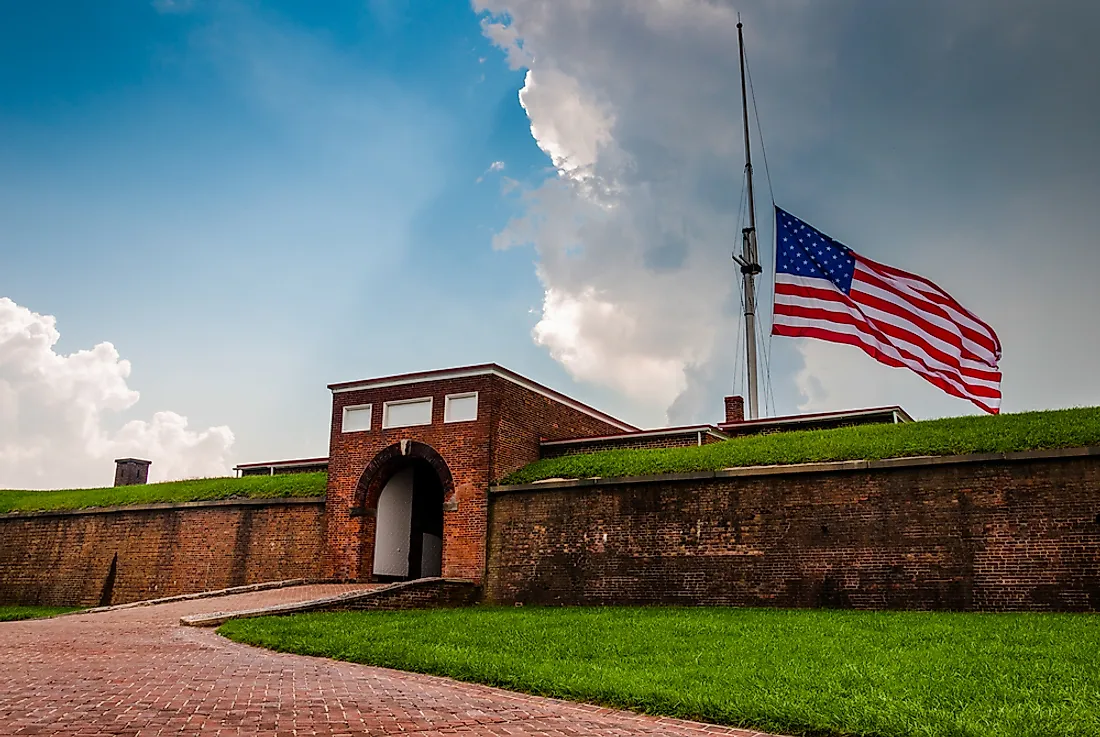


James Lloyd, a Federalist and political rival of Madison’s. “The number of cases which are alleged to have occurred, is both extremely erroneous and exaggerated,” wrote Massachusetts Sen. But how big a threat was impressment, really? President James Madison’s State Department reported that 6,257 Americans were pressed into service from 1807 through 1812. One of the strongest impetuses for declaring war against Great Britain was the impressment of American seamen into the Royal Navy, a not uncommon act among navies at the time but one that incensed Americans nonetheless. Impressment May Have Been a Trumped-Up Charge The War of 1812 may never merit a Tchaikovsky overture, but perhaps a new name would help rescue it from obscurity.Ģ. They termed it “the American War of 1812,” to distinguish the conflict from the much great Napoleonic War in progress at the same time. Even so, it’s technically incorrect to say that the Battle of New Orleans was fought after the war, which didn’t officially end until February 16, 1815, when the Senate and President James Madison ratified the peace treaty.įor roughly a century, the conflict didn’t merit so much as a capital W in its name and was often called “the war of 1812.” The British were even more dismissive. and British envoys signed a peace treaty in Ghent, Belgium. The battle occurred in January, 1815-two weeks after U.S. involvement in World War I.Īlso confusing is the Battle of New Orleans, the largest of the war and a resounding U.S. That’s longer than the Mexican-American War, Spanish-American War, and U.S. declaration of war on Britain in June 1812. In reality, it lasted 32 months following the U.S. But the name is a misnomer that makes the conflict sound like a mere wisp of a war that began and ended the same year. “The War of 1812” is an easy handle for students who struggle with dates.


 0 kommentar(er)
0 kommentar(er)
